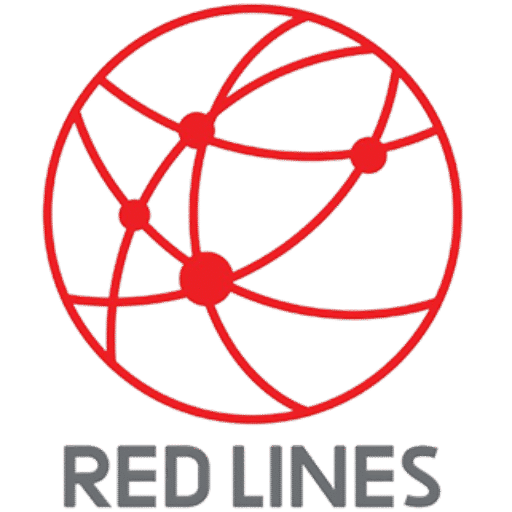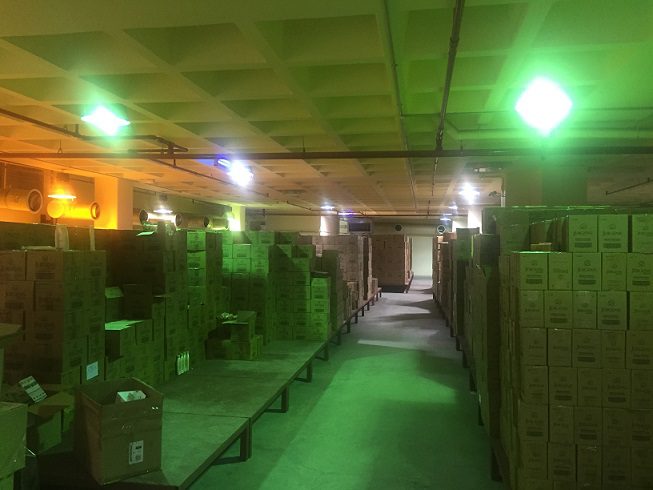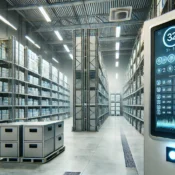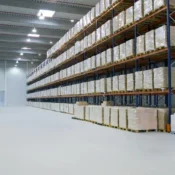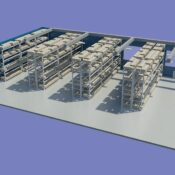Cold storage in Dammam is a critical link in Saudi Arabia’s supply chain, especially for pharmaceuticals, food & beverages, and industrial chemicals. The coastal climate adds humidity and thermal stress, making precision in cold storage management more demanding. To keep products safe, maintain regulatory compliance, and reduce losses, cold storage operators increasingly rely on temperature mapping studies. Redlines offers expert temperature mapping and qualification study services across Saudi Arabia, including Dammam, Jeddah, and Riyadh, with over 10 years of experience.
Here are 8 advanced techniques that Redlines uses to implement highly effective temperature mapping study solutions for cold storage in Dammam.
1. Strategic Sensor Placement & Coverage Zoning
Redlines begins with careful planning: performing a site survey of the cold room, warehouse, or storage facility. Sensors (data loggers) are placed at critical zones—corners, near doors, ceilings, floors, walls—to capture temperature variation across the full volume. This ensures hot spots, cold zones, or airflow dead zones are detected.
2. Calibrated & High-Precision Data Loggers
To get accurate readings in Dammam’s challenging environment, Redlines uses calibrated sensors with high precision. These instruments can detect small deviations in temperature (and sometimes humidity), ensuring that even tiny thermal fluctuations are recorded. This level of precision allows stricter quality control of cold storage.
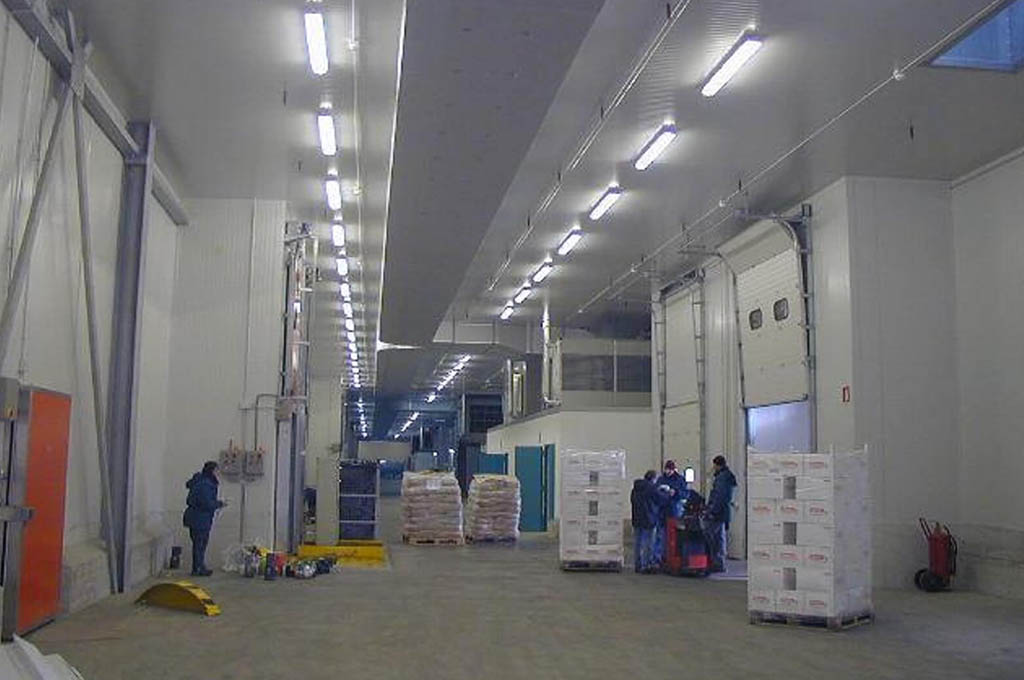
3. Monitoring Under Normal AND Stress Conditions
It’s not enough to measure during ideal conditions. Redlines conducts mapping over extended periods (often 7-15 days) that include both normal operations and stress periods: peak summer heat, door openings, power cycling, loading/unloading. Doing so ensures the storage facility behaves as expected under all realistic scenarios.
4. Use of IoT and Real-Time Monitoring Systems
To elevate mapping studies, Redlines integrates IoT-enabled sensors that transmit temperature data in near real time. This enables facility managers in Dammam to view dashboards, receive alerts, and respond immediately to deviations. Over time, real-time data augments the mapping study and helps maintain consistency.
5. Analytical Heat Maps & Visualizations
After collecting data, Redlines processes temperature mapping study results into heat maps and spatial visualizations. These visually highlight problem zones—areas that are too warm or too cold—so stakeholders can easily see where insulation is failing, airflow is inadequate, or cooling systems need adjustment.
6. Compliance-Driven Protocols & Documentation
Cold storage must comply with SFDA (Saudi Food & Drug Authority), WHO, GMP/GDP standards. Redlines’ temperature mapping studies are designed to satisfy those standards: confirming that cold rooms and freezers remain within required temperature bounds, generating formal reports, certificates, and detailed documentation for audits.
7. Corrective Action & Layout Optimization
Mapping studies often uncover layout or equipment design issues: poor insulation at corners, inefficient door seals, uneven shelving arrangements, or airflow blockages. In Dammam, Redlines uses mapping results to recommend layout changes, upgrades to insulation, better door seals, or repositioning of cooling units to ensure uniform temperature distribution.
8. Periodic Revalidation & Seasonal Temperature Mapping
Because ambient conditions in Dammam vary—especially heat and humidity—Redlines recommends periodic revalidation of cold storage via repeated temperature mapping studies. For example, redoing mapping in summer vs winter, after major maintenance or facility modifications, ensures cold storage remains reliable year round.
Why Redlines’ Approach Excels
Redlines stands out in Saudi Arabia for several reasons: more than 10 years of experience, over 125 completed projects across Riyadh, Dammam & Jeddah, expert staff dedicated to qualification and mapping studies, and a full suite of services from sensor deployment, monitoring, analysis, to action plans.
Conclusion
In Dammam’s demanding climate, cold storage facilities must do more than set temperature controls — they must ensure that those controls work reliably, are verified, and can maintain product quality at all times. These 8 advanced techniques in temperature mapping study help achieve zero compromise on freshness, reduce waste, ensure compliance, and build customer trust.
Whether you’re running a pharmaceutical warehouse, food storage facility, or chemical cold room in Dammam, or in Jeddah, Riyadh, or elsewhere in Saudi Arabia, Redlines (www.Redlines.sa) offers the mapping expertise, precision equipment, and technical insight you need to protect your cold storage investments and your brand.
